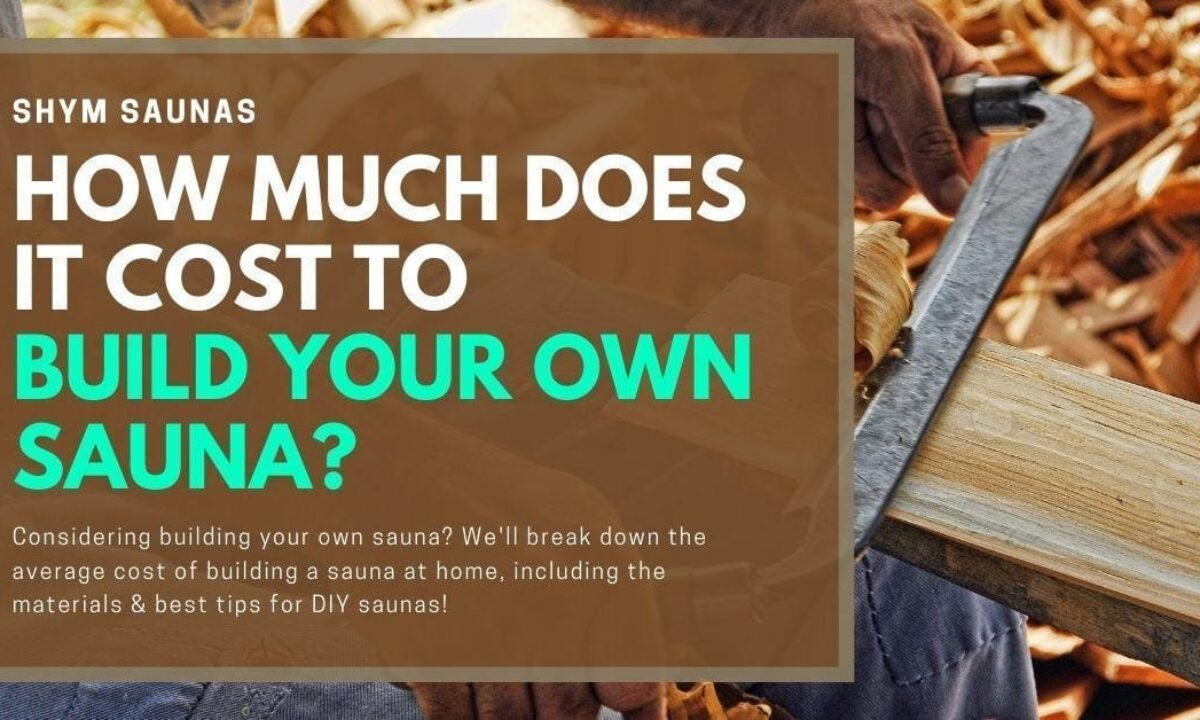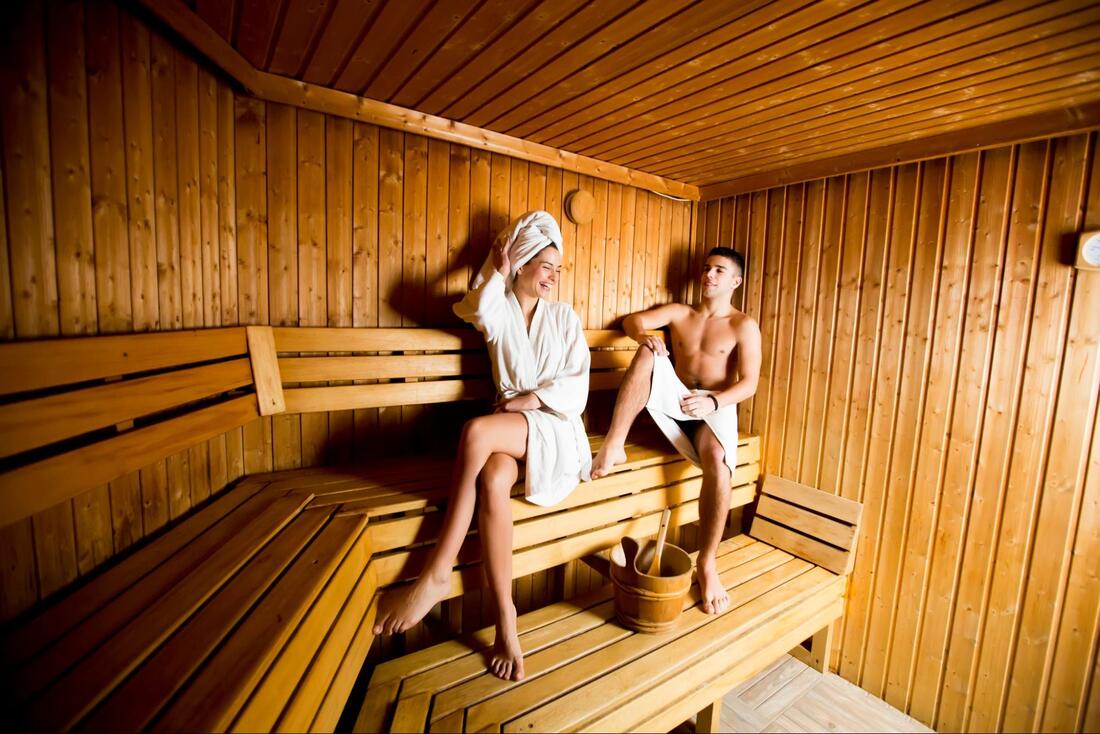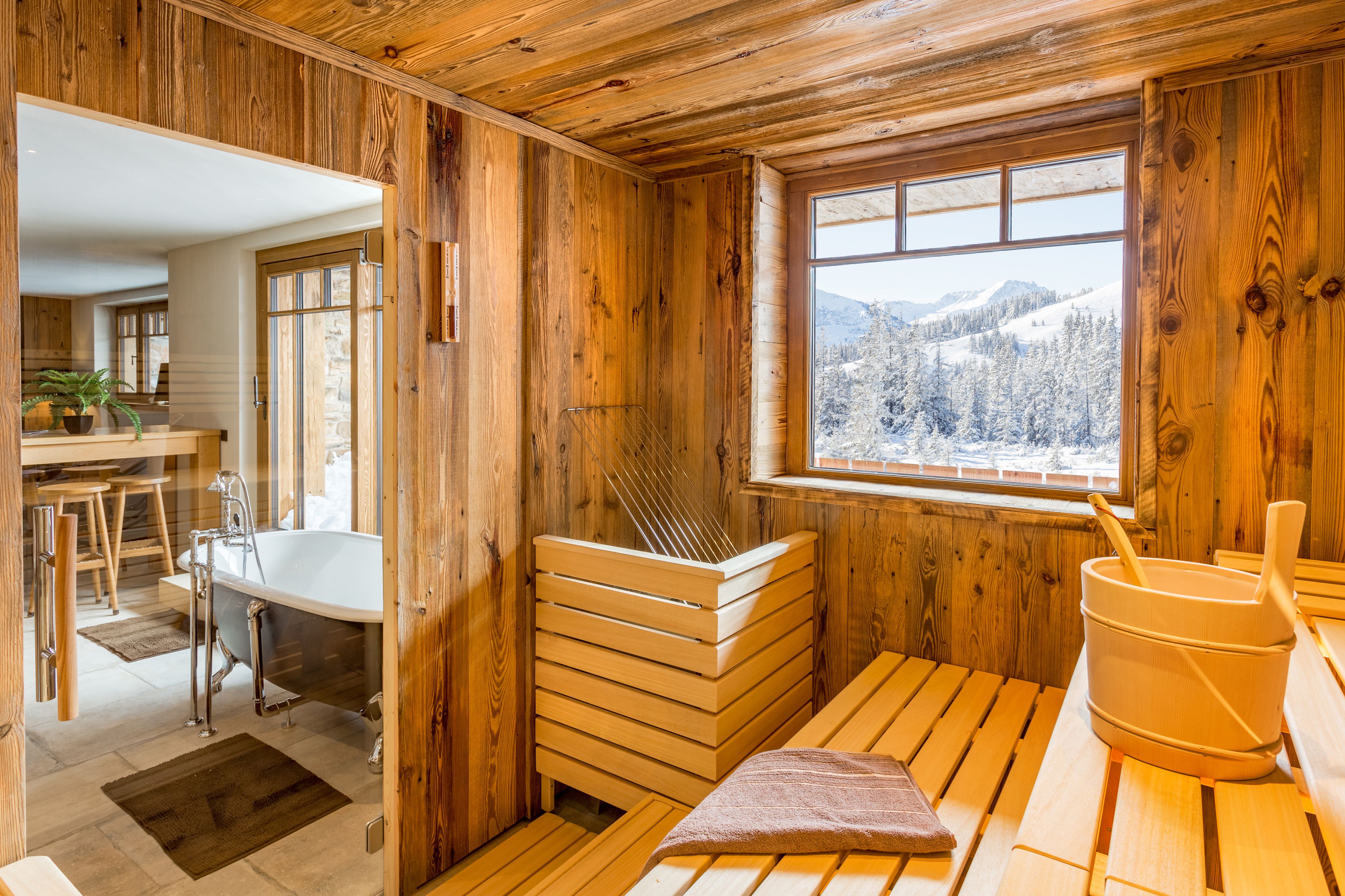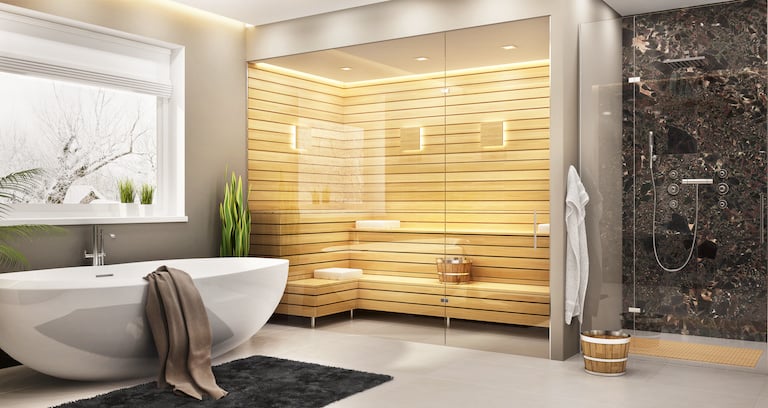Alright, so you’re thinking about building a sauna, huh? I went down that rabbit hole myself not too long ago, and let me tell you, it was a bit of a journey. People always ask, “So, how much did it set you back?” And the answer is, well, it depends! But I can walk you through what I did and what things cost me along the way.
Getting the Idea and Initial Panic (The “Research” Phase)
First off, I’d been dreaming of a home sauna for ages. After a long day, just the thought of sweating it all out… bliss. So, I started looking around. My first stop was those pre-built sauna kits you see online. Wowza. Some of those were easily fetching $5,000, $7,000, even more, especially for anything decent sized. And that’s before you even think about getting it shipped and installed. I thought, “Okay, maybe I can tackle this myself.” I’m reasonably handy, or so I like to think.
So, I dived into figuring out what actually goes into a sauna. You’ve got your frame, insulation, a vapor barrier (super important, I learned), the interior wood (usually cedar, which smells amazing but ain’t cheap), benches, and of course, the heater. That heater itself can be a big chunk of change.
The Plan and The Damage Begins (Materials Shopping)
I decided I was going to build a smallish one, maybe a 4×6 foot interior. Big enough for a couple of people to sit comfortably. I wasn’t trying to build a commercial spa here.

Here’s a rough idea of where the money started going:
- Framing Lumber: Standard 2x4s. This wasn’t too bad. Maybe $150-$200 for the walls and ceiling joists for my size. I just went to the local big box store.
- Insulation: You need good insulation. I went with Roxul (rock wool) because it handles moisture well and has good R-value. For my little sauna, this was probably another $100-$150. Don’t skimp here.
- Vapor Barrier: This is a special foil-backed paper. Crucial to keep moisture out of your walls. That was maybe $50 for a roll, plenty for my project.
The “Oh Crap, This Wood is Pricey” Moment (Interior Cladding)
Okay, this is where it starts to add up. Cedar is the classic choice for sauna interiors. It smells great, handles the heat and humidity, and looks nice. But man, cedar planks are not cheap. For my little 4×6 room, fully cladding the walls and ceiling, I was looking at a good $800-$1200 just for the tongue-and-groove cedar. I shopped around a LOT for this. Some places wanted way more. I even considered other woods like pine or hemlock, which are cheaper, but I really had my heart set on cedar for the smell and durability.
Benches: More cedar for this. Usually thicker stuff. Say another $150-$250 depending on how fancy you get. I kept mine simple.
The Heart of the Sauna (The Heater)
This is a big one. You have electric or wood-burning. Wood-burning is cool, very traditional, but needs a chimney and more space, more complicated. I went electric for simplicity in my basement setup.

A decent electric sauna heater for my sized room, something like a 4.5kW unit, was going to be anywhere from $300 to $700. I opted for a mid-range one with good reviews, ended up around $450. Don’t forget the sauna stones! Those were another $50 or so.
Electrical Work: Now, this is important. An electric sauna heater usually needs a dedicated 240V circuit. If you’re not comfortable doing electrical work yourself (and you probably shouldn’t be unless you REALLY know what you’re doing), you’ll need an electrician. This can add $300-$800 or more depending on how far they have to run the wire and what your panel situation is like. I had a friend who’s a sparky give me a hand, which saved me a ton, but I still paid for materials, conduit, wire, breaker, probably $150 there.
The Door and Other Bits
You need a proper sauna door. They’re usually tempered glass, or wood with a small window, and they open outwards for safety. A pre-made sauna door can be $250-$500. I found a decent one online for about $300. Some people build their own, but I wanted something that sealed well.
Then there are the little things that add up:

- Fasteners: Stainless steel nails or screws for the interior cedar are best, as they won’t rust or streak. Maybe $30-$50.
- Ventilation: You need an intake vent near the floor by the heater and an exhaust vent on the opposite wall, higher up. Simple wooden vent covers, $40 for a pair.
- Lighting: A vapor-proof sauna light fixture. Another $50-$100.
- Accessories: Bucket and ladle ($30), thermometer/hygrometer ($25). You gotta have these!
So, What’s the Grand Total, Chief?
Okay, let’s try to add this up for my little project. Remember, I did most of the labor myself except for some expert help on the electrics.
- Framing: $200
- Insulation & Vapor Barrier: $200
- Cedar (walls, ceiling, benches): Let’s say $1000 on the lower end of my estimate.
- Heater & Stones: $500
- Electrical Materials (DIY install help): $150
- Door: $300
- Misc (vents, light, fasteners, accessories): $200
So, for me, I landed somewhere around $2,550. This was for a pretty basic but functional and nice-smelling cedar sauna that I built myself. If I had to pay for all the labor, especially the cedar installation and full electrical, that number could have easily doubled. If I went for cheaper wood, maybe I could have shaved off $500-$700.
It took me several weekends. There were moments of frustration, like when a cedar plank split, or when I realized I measured something slightly off. But hitting that switch for the first time, letting it heat up, and then finally sitting in MY OWN SAUNA… totally worth it. The smell of the cedar, the heat sinking into my bones – priceless.
So yeah, it’s not a super cheap project if you want it done right with good materials. But if you’re handy and willing to put in the sweat equity (pun intended!), you can definitely build an amazing sauna for a lot less than buying a pre-built one. Just be prepared for the costs, especially that interior wood and the heater system. Do your research, shop around for materials, and take your time with the build!

